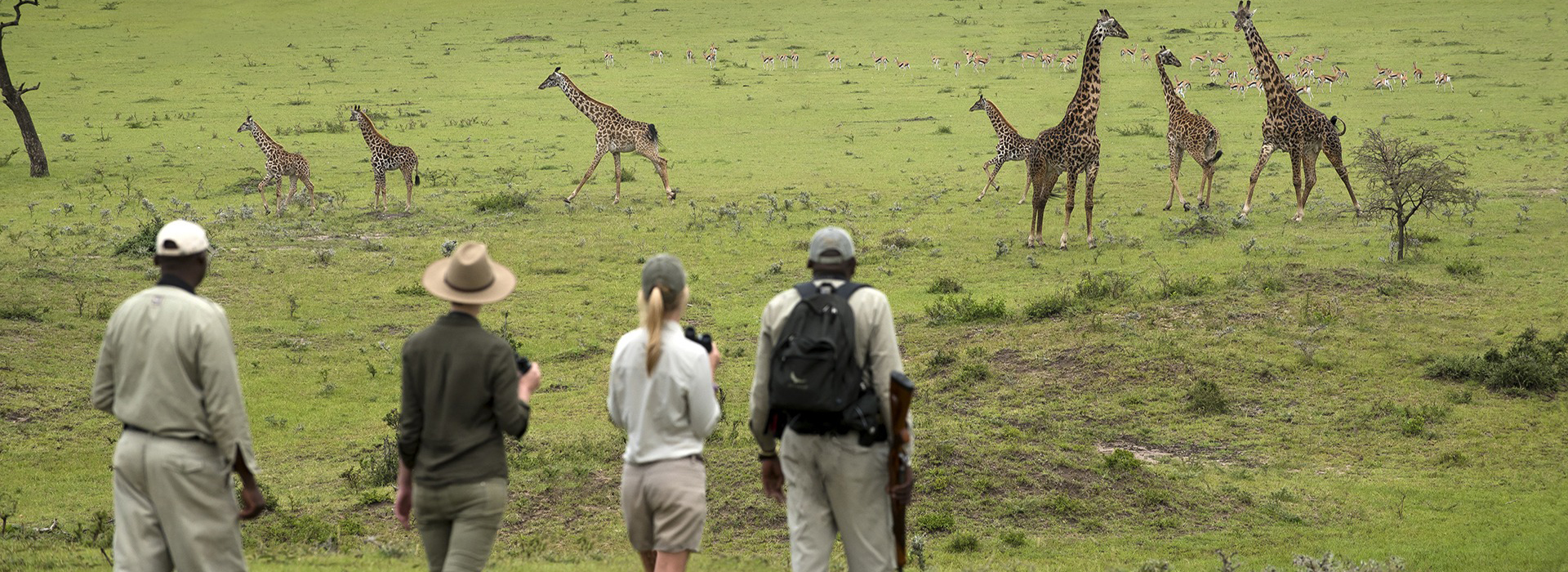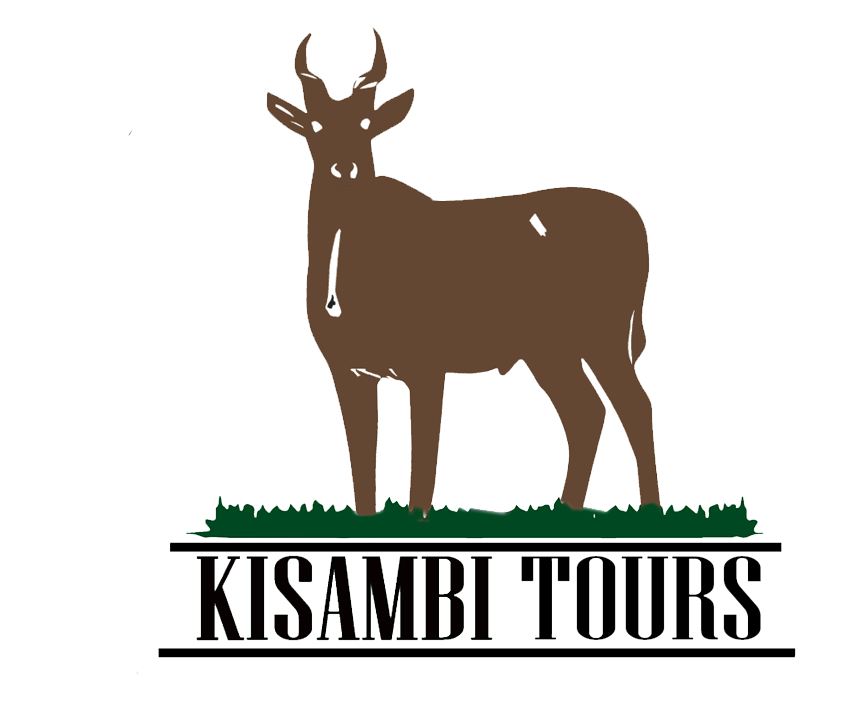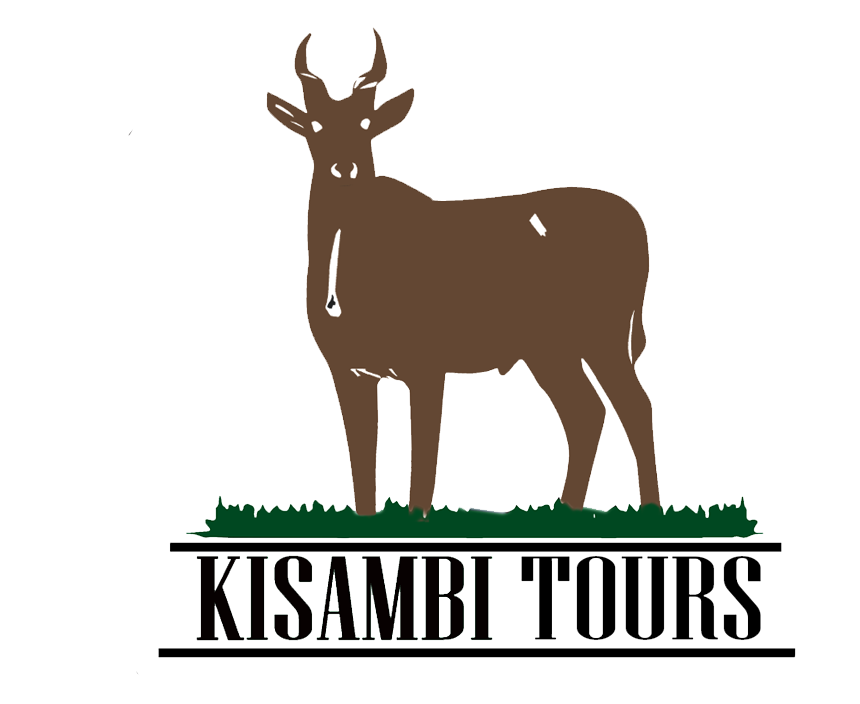
What to Expect on a Tanzania Walking Safari?
Tanzania walking safari offers a unique and unforgettable experience that immerses you in the natural beauty of Tanzania. Unlike a traditional safari, a walking safari allows you to explore the savannah and bush on foot, giving you a more intimate and immersive experience with the wildlife and environment. Experienced guides who will take you off the beaten track and show you the hidden gems of the wilderness will accompany you. During your Tanzania walking safari, you’ll have the opportunity to observe wildlife up close and personal. You’ll see animals in their natural habitat, behaving as they would without the presence of humans. You’ll learn about the ecosystem and the role each animal plays, gaining a deeper appreciation for the interconnectedness of the natural world. On a walking safari, you’ll also have the chance to learn about the local culture and traditions. You’ll meet the Maasai people and learn about their way of life, including their traditional dress, customs, and food. You’ll also have the opportunity to visit local villages and learn about their daily lives.
Tanzania Walking Safari vs. Traditional Safari
A Tanzania walking safari offers a different experience than a traditional safari. While a traditional safari involves driving around in a jeep or truck, a walking safari allows you to explore the wilderness on foot. This means you’ll have a more intimate experience with the wildlife and environment, as you’ll be able to observe animals up close and personal and explore areas that are inaccessible by vehicle.
A walking safari also offers a more immersive experience with nature than a traditional safari. On a walking safari, you’ll be able to hear the sounds of the bush, smell the fragrant flora, and feel the soft grass underfoot. You’ll be able to experience the wilderness with all your senses, rather than just seeing it from a distance.
However, a walking safari is not for everyone. It requires a certain level of physical fitness and endurance, as you’ll be walking for several hours each day. It’s also important to follow safety precautions and listen to your guides, as you’ll be in close proximity to potentially dangerous wildlife.
Wildlife Encounters on a Tanzania Walking Safari
A Tanzania walking safari offers the opportunity to observe some of the most incredible wildlife on the planet. You’ll have the chance to see the Big five, including lions, leopards, elephants, rhinos, and buffalo, as well as other animals such as giraffes, zebras, hyenas, and more.
One of the highlights of a walking safari is the chance to observe animals up close and personal. You’ll be able to see them behaving as they would in the wild, without the presence of humans. You may witness a lioness stalking her prey, a herd of elephants bathing in a watering hole, or a group of giraffes feeding on the treetops.
However, it’s important to remember that wildlife is unpredictable and potentially dangerous. Always follow your guide’s instructions and maintain a safe distance from animals. Your guide will be able to provide fascinating insights into the behavior and biology of each species you encounter.
Best time to go on a Tanzania Walking Safari
The best time to go on a Tanzania walking safari depends on your preferences and priorities. The dry season, from June to October, is the most popular time to visit Tanzania, as the weather is mild and the wildlife is easy to spot around water sources. However, this is also the busiest time of year, and prices may be higher.
The wet season, from November to May, is less crowded and offers the opportunity to see newborn animals and lush green vegetation. However, the weather can be unpredictable, and some roads and camps may be inaccessible due to flooding.
It’s important to research the best time to visit based on your priorities and preferences. Keep in mind that weather patterns may vary from year to year, and wildlife sightings are never guaranteed.
Recommended gear and clothing for a Tanzania Walking Safari
When packing for a Tanzania walking safari, it’s important to pack light and bring appropriate clothing and gear. Comfortable, sturdy hiking boots or shoes with good ankle support

